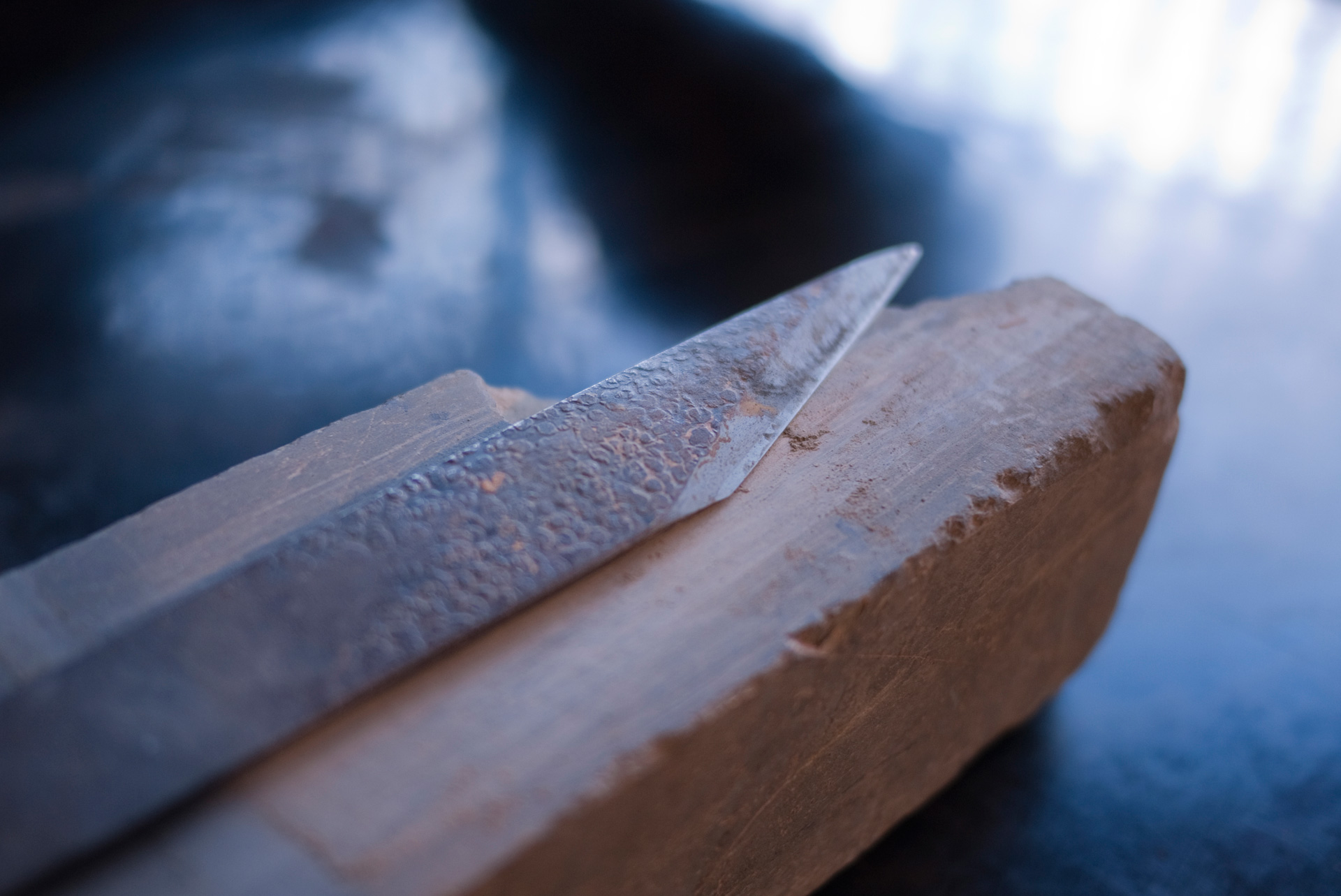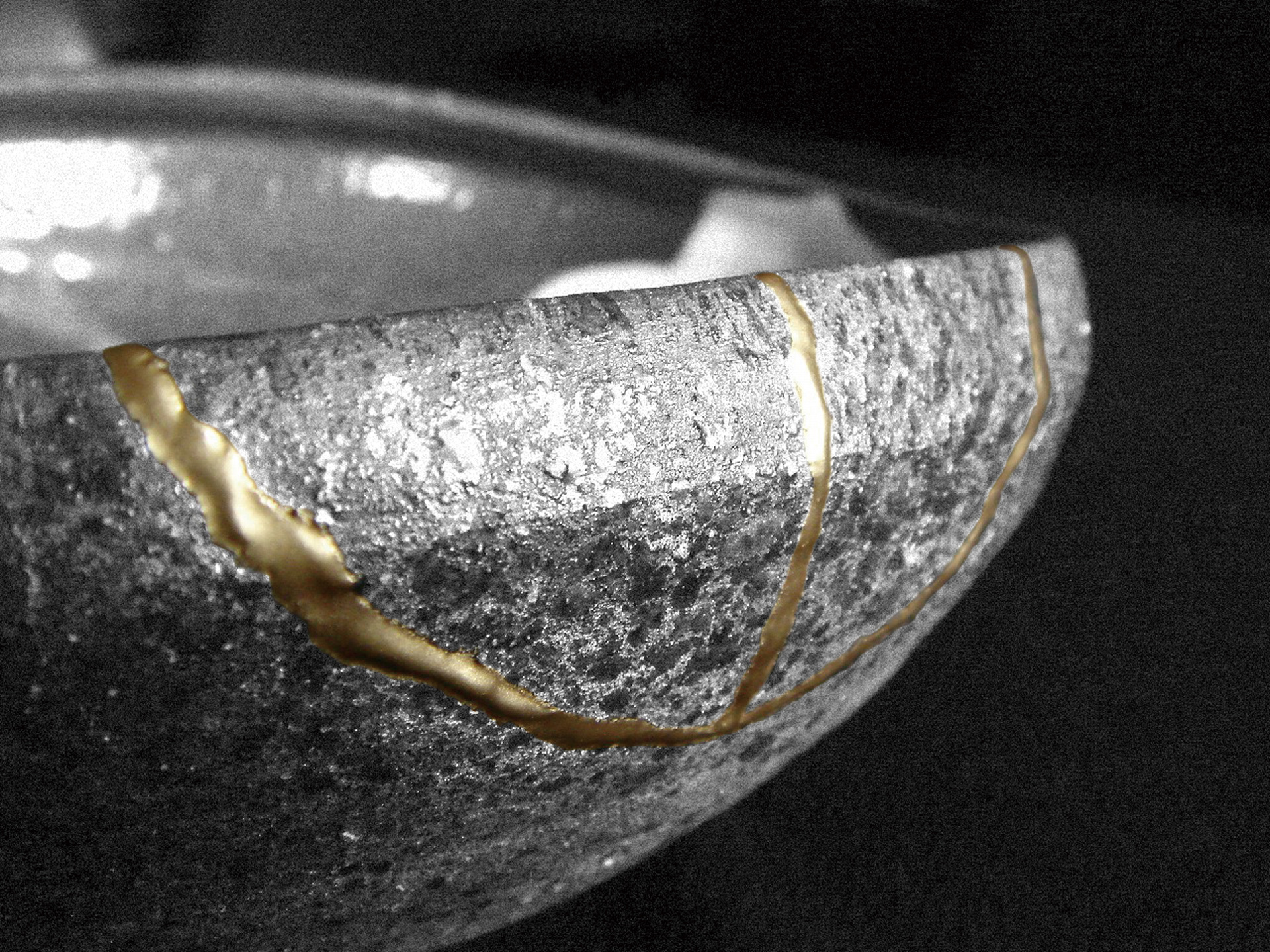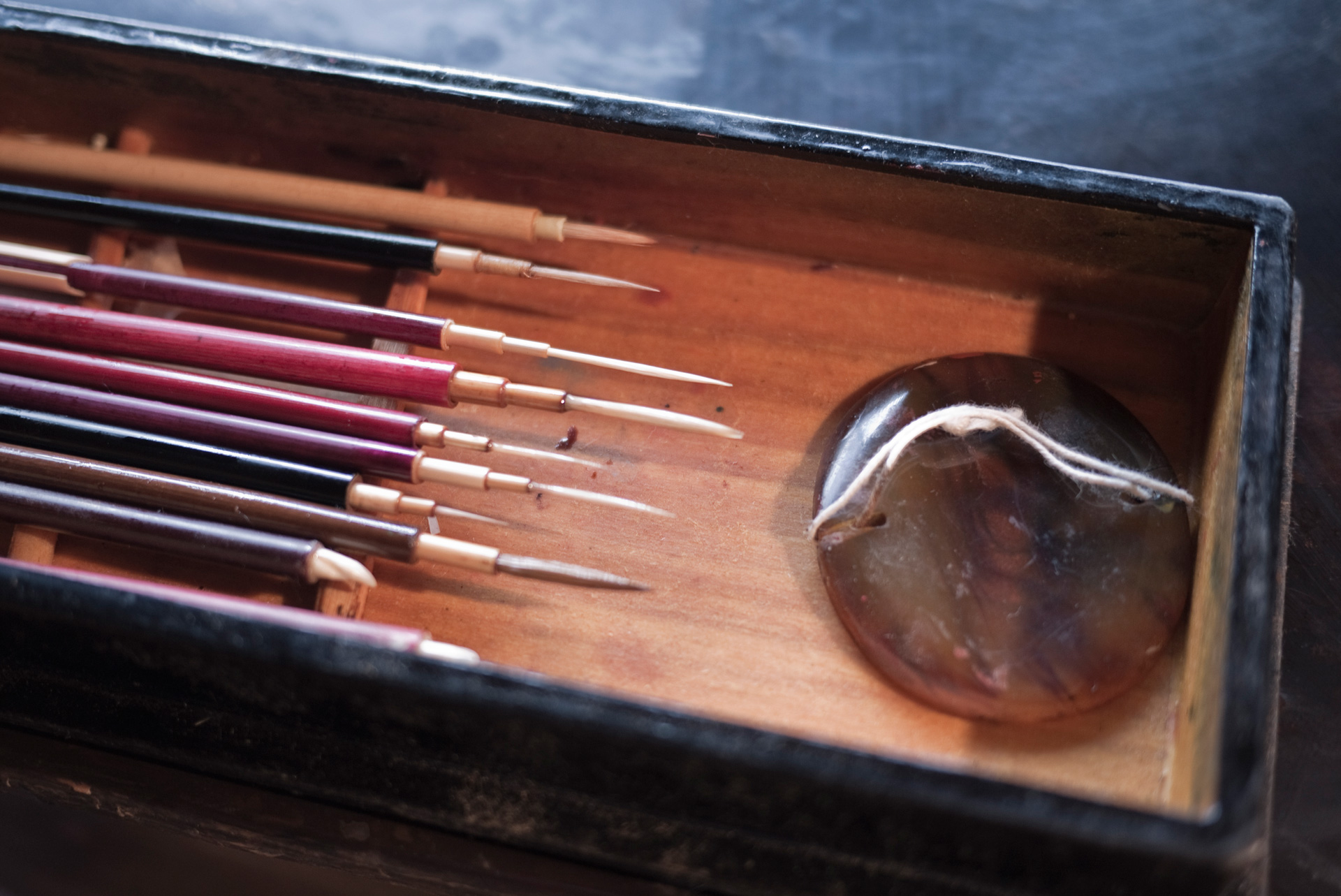





時代と文化を継ぎ
技術と人を継ぎ
世界と日本を継ぐ
「継ぐ」という言葉が持つ意味には大きく二つあります。ばらばらになってしまったものをつなぎ合わせること。そして、人から人へと技術や精神をつなげ、続けていくこと。これらの継ぐという行為はどちらも、壊れて一度は役割を失ったものに再び価値を与えたり、有形・無形に関わらず、途切れてしまえば失われてしまうものを次の時代へ運んだりと、即物的ではなく、過去から未来へと続く時間とともにあるものです。ただ継いでいくのではなく、守るべきものは守りながら、継がれることによって、より価値を高めていく。そうした価値の高まりは、時間の流れの一方向だけではなく、現代においては様々な文化、技術、人と結びつき、世界へと継がれていくものだと思います。何を、どのように、継いでいくか。そこにある tsugi の美意識を発信していきます。
Connecting different time periods and cultures
Connecting people and techniques
Connecting Japan and the world
There are two fundamental meanings of the word ‘tsugu’(or ‘tsugi’, in its noun form):
1) Firstly it means to join together something that has been broken into separate pieces
2) But it also means to connect and pass on skills and spirits from one person to another, from one generation to the next
Thus ‘tsugu’, the act of connecting or joining, encompasses both the idea of taking something that has been broken and lost its original worth and re-imbuing it with value (whether that be material value or not), and also of passing on to the next generation something that would be lost if it remained broken; the linking of the past to the future.
The process is not simply one of mending and joining together: the very act of joining back together an object considered worthy of preserving makes that object more precious than it was originally. This aesthetic enhancement works not only in a linear, historical fashion, from the past to the present, but also operates laterally, connecting this distinctively Japanese practice with various different cultures and techniques and people of the present day, forging connections with the wider world. In my talk this morning I would like to highlight the aesthetics of ‘tsugi’, exploring the question of what objects should be joined together and how.